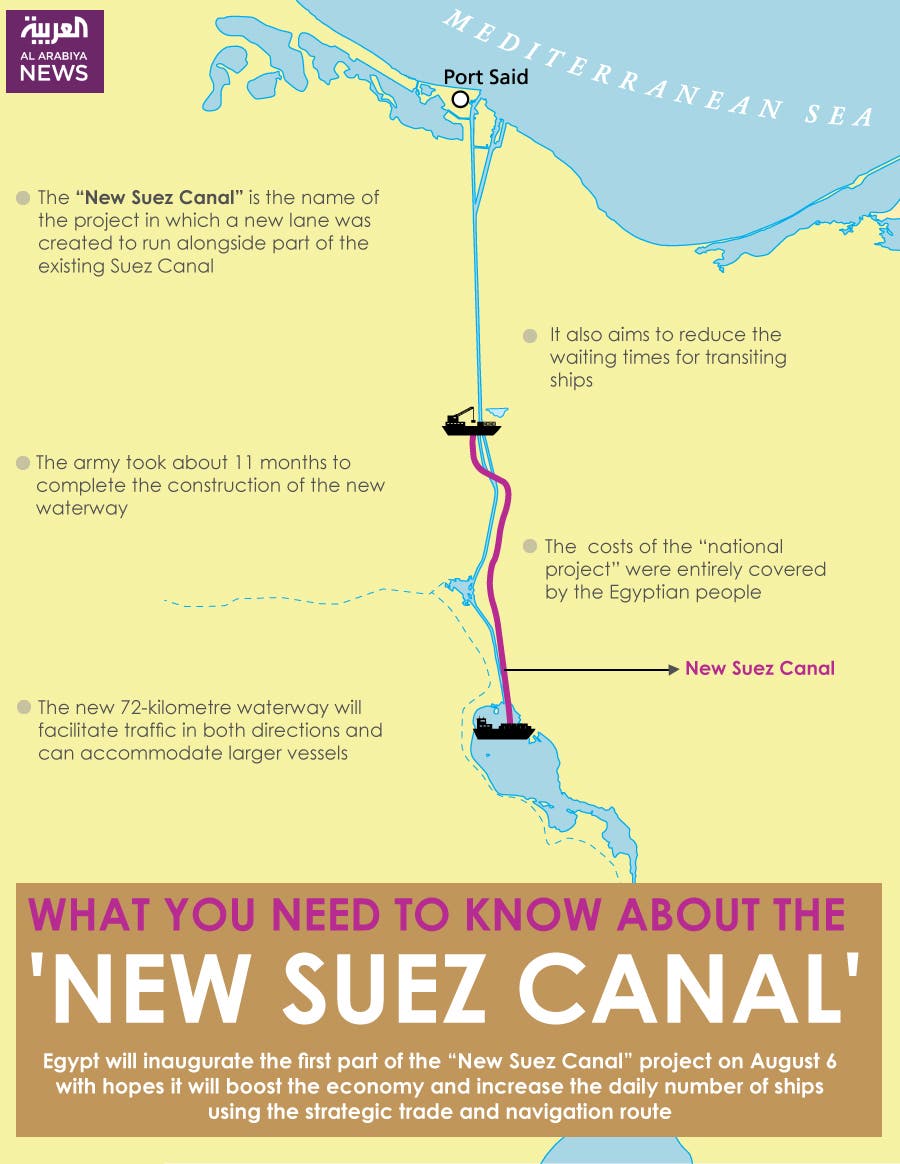Embarking on a journey from Mombasa to the Suez Canal is an experience that combines the thrill of maritime travel with breathtaking views. As one of the most important waterways in the world, the Suez Canal connects the Indian Ocean to the Mediterranean Sea, offering a fascinating route for travelers and traders alike. This scenic passage allows you to witness the rich cultural heritage and natural beauty along the way.
Traveling by sea from Mombasa to the Suez Canal provides a unique perspective on global connectivity. The route covers vast distances across the Red Sea, presenting opportunities to explore diverse landscapes and vibrant port cities. Whether you're a seasoned traveler or embarking on your first international voyage, this journey promises unforgettable memories and insights into the history of trade and navigation.
A Maritime Milestone: Distance Between Mombasa and Suez
The air travel distance between Mombasa and Suez spans approximately 3,841 kilometers or 2,387 miles. While flying offers a quick way to cover this distance, traveling by sea provides a more immersive experience. The journey involves navigating through significant maritime routes, including the Red Sea, which connects Africa to Asia via the Suez Canal.
This extensive route highlights the importance of maritime transportation in connecting distant regions. Ships traveling this path often carry goods essential for global trade, underscoring the economic significance of maintaining open sea lanes. For passengers, the journey offers ample time to relax and enjoy the serene beauty of the ocean.
Despite the longer travel duration compared to air travel, the sea route allows for a deeper appreciation of the geographical and cultural diversity encountered along the way. From the bustling ports of East Africa to the historic landmarks near the Suez Canal, each stop adds value to the overall travel experience.
Mysteries of the High Seas: The Ghost Ship Phenomenon
While no direct shipping routes exist between Mombasa and Suez, tales of ghost ships have fascinated mariners for centuries. One such story dates back to 1923 when a ship was found aimlessly drifting near the Suez Canal. The vessel, later identified as the Zebrina, ran aground off the French coast in 1917, leaving behind unanswered questions about its crew's disappearance.
Such incidents evoke intrigue and mystery, sparking numerous theories about what might have happened aboard these abandoned vessels. Although modern technology has reduced the likelihood of such occurrences, they remain a captivating part of maritime lore. These stories remind us of the unpredictable nature of the seas and the bravery required by those who venture upon them.
For travelers contemplating a journey from Mombasa to Suez, understanding the historical context of maritime adventures can enhance their appreciation of the route's storied past. Each leg of the journey carries echoes of previous explorers and traders who braved similar waters.
Cruise Adventures: Visiting Mombasa Through the Suez Canal
Cruise ships frequently include Mombasa as a port of call during voyages that traverse the Suez Canal. According to cruise director Laurence Badese, the Suez Canal serves as a pivotal point for many cruises originating from Europe and destined for destinations in Asia and Africa. This strategic location facilitates visits to vibrant locales like Mombasa, enriching the travel itinerary.
One notable example involved a cruise ship docking at Mombasa's port with over 350 passengers and nearly 400 crew members. Such large-scale arrivals highlight the growing popularity of Mombasa as a tourist destination, attracting visitors eager to explore Kenya's coastal charm. The influx of tourists contributes significantly to local economies, promoting cultural exchange and mutual understanding.
As part of Semester at Sea programs, students embark on educational journeys that incorporate stops at key ports, including Mombasa and the Suez Canal. These experiences provide valuable learning opportunities about global interconnectedness and the importance of preserving maritime heritage.
Navigating Options: How to Travel from Mombasa to Suez
Although there is no direct connection between Mombasa and Suez, several travel options are available. A common approach involves taking a taxi to Mombasa's airport, flying to Cairo International Airport, and then proceeding to Suez. This multi-modal journey combines air and ground transport, offering flexibility and convenience.
The cost-effective option for reaching Suez from Mombasa costs around $436, making it accessible to budget-conscious travelers. Alternatively, those seeking faster travel times can complete the journey in approximately 11¾ hours using optimal connections. Regardless of the chosen method, planning ahead ensures a smooth transition between different modes of transport.
For adventurous souls, car ferries present another viable alternative. They allow travelers to bring their vehicles onboard, providing added convenience upon arrival. Each travel choice caters to specific preferences, ensuring everyone finds a suitable option tailored to their needs.
Economic Implications: Red Sea Shipping Disruptions
The Red Sea security crisis poses significant challenges to major East African ports, including Mombasa. Typically, the Suez Canal handles over 95% of ships traveling between Europe and Asia, emphasizing its critical role in global trade networks. Any disruptions in this region directly impact ports like Mombasa, affecting cargo volumes and operational efficiency.
Ports such as Mombasa and Dar es Salaam rely heavily on the Suez Canal for facilitating imports and exports. Delays or blockages caused by conflicts or other issues result in increased shipping costs and prolonged delivery times. These factors necessitate contingency plans to mitigate adverse effects on regional economies.
Furthermore, disruptions in wheat shipments originating from the European Union, Russia, and Ukraine underscore the vulnerability of food supply chains dependent on the Suez Canal. Ensuring secure and efficient maritime routes remains crucial for safeguarding global food security and supporting sustainable development initiatives worldwide.

